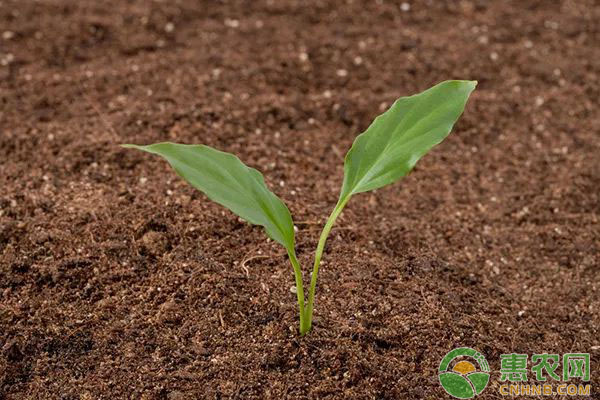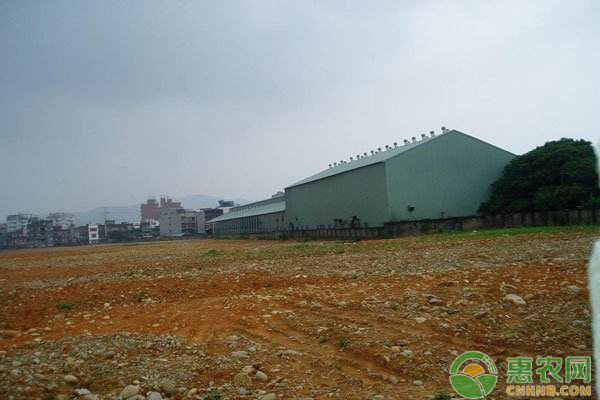As we all know, reasonable rotation can effectively prevent soil-borne pests and diseases; but in the actual planting process, few agricultural friends can do this. If it is not properly managed, it will cause soil-borne diseases.

It is even more difficult to implement on crops that are not resistant to continuous cropping such as watermelon, garlic, tomato, cucumber, and pepper. In addition, soil conditions in some areas are limited, and fewer crops can be planted, making it even more difficult to use such planting measures. Once the soil-borne diseases and insect pests occur, the production will be reduced and the quality will be reduced.
Most agricultural friends use a single method to control soil-borne diseases and insect pests.
Most agricultural friends use a relatively simple means to control soil-borne diseases and insect pests. This will not only have little effect, but will also aggravate the hazard. Most agricultural friends say that the prevention and control of soil-borne diseases and insect pests directly say: What medicine I use, or the best medicine! Under this kind of thinking, it is doomed to make effective prevention and control against soil-borne diseases! At present, the comprehensive prevention and control we have been advocating, its practicality in the prevention and control of soil-borne diseases and insect pests, the effect is very good. In the comprehensive prevention and control, what we mainly need to do is to rationally irrigate the fertilizer and water. The application of fertilizer and water, especially the application of organic fertilizer and biological fertilizer, is actually to ensure sufficient soil microbial base. Why is it difficult to develop soil-borne pests and diseases in newly developed soil? Because in the newly developed soil, soil microbes are rich and diverse, it can play a role in inhibiting soil-borne diseases and insects; however, poorly managed, improperly fertilized fields or old fields that cannot be rotated can easily become the hardest hit areas for soil-borne diseases and insect pests.

Therefore, in order to prevent soil-borne diseases, we should do this!
1 Reasonable cooperation of organic fertilizer and microbial agent. The sufficient supply of organic fertilizer can ensure the reproduction of microorganisms, and then supplement microbial agents to increase the proportion of beneficial microorganisms in the soil, thereby suppressing harmful microorganisms, thereby promoting the overall benign and beneficial breeding of soil microorganisms. For soils where soil-borne pests and diseases are more serious, we should combine the application of organic fertilizers with microbial agents to increase the proportion of beneficial microorganisms. For example, the number of beneficial and harmful microorganisms in the soil is like fighting between the two countries. The beneficial microorganisms exist to protect crops; the harmful microorganisms are to destroy crops. When the number of harmful microorganisms is more, the beneficial microorganisms will be suppressed, resulting in more serious soil-borne pests and diseases; therefore, we must promptly "airborne paratroopers" to supplement the fighting ability of beneficial microorganisms.
2 The amount of NPK should not be too large. When the concentration of these three elements is too large, it is easy to cause the concentration of the soil solution to be too high, and the beneficial microorganisms are dehydrated and died. Therefore, when fertilizing, it is necessary to control according to the needs of the crop.

3 The control of soil moisture is also important. For most crop fields, a relative humidity control between 60% and 75% is most suitable. Very few crops, such as water spinach, semi-aquatic plants, succulents, etc. In terms of watering methods, we prefer to use drip irrigation, which is more conducive to improving soil permeability and reducing soil compaction and salinization. At the same time, it is also possible to control the amount of water applied to the fertilizer according to the actual needs of the crop, so as to alleviate the effects of soil-borne diseases and insect pests.
How should I eat maize every day? We need to control the amount of corn, according to the dietary guidelines, the amount of staple food we use in our lives should be controlled at 250 grams to 400 grams, and the ratio of coarse to fine grains is one to three or one to four, which simply means that about 130 grams of corn can be used every day, in addition to the appropriate reduction in the intake of staple food, let's say half a bowl of rice or a steamed bun, so as to avoid excessive calorie intake in our bodies.
It is also important to note that when eating corn, it is advisable to eat the whole cob together to better control our blood sugar. If corn is processed into corn juice or cornmeal food, the nutrients inside are often lost and what remains is basically sugar, which is often higher on the glycemic index and more likely to lead to a rise in blood sugar, for example, the glycemic index of ordinary corn is only 55, but with foods such as cornmeal, the glycemic index often reaches 68, so it is important to eat the right corn.
Mottled Waxy Corn,Mottled Gluten Corn,Mottled Glutinous Corn,Mottled Gluten Glutinous Corn
Jilin Province Argricultural Sister-in-law Food Co., Ltd. , https://www.nscorn.com
